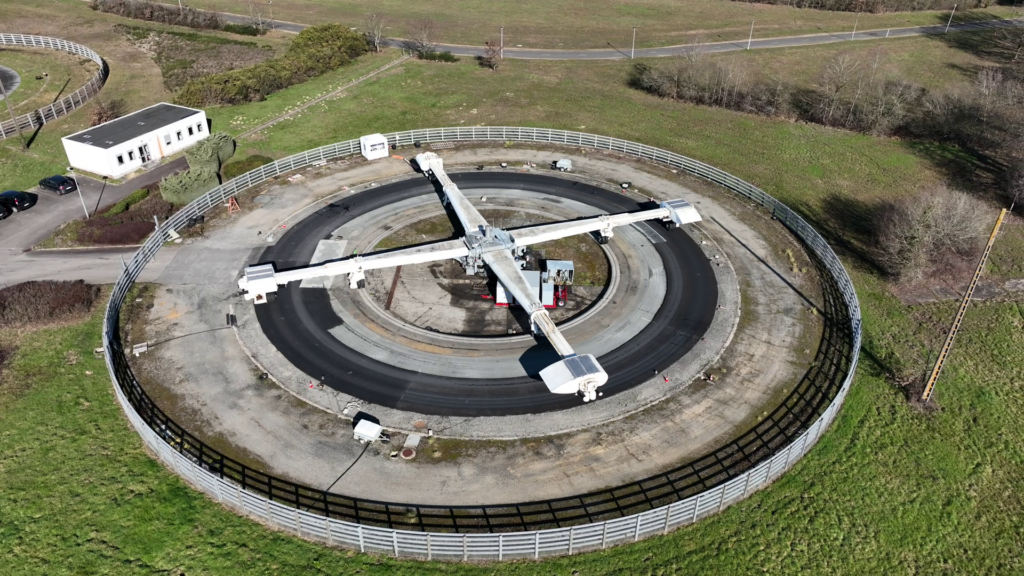The increased noise levels from trains due to damaged or worn materials are a major inconvenience to the residents living along railway tracks. NEMO’s team is now demonstrating a new solution for identifying the offending carriages, so that rail authorities and train operators can get notified and take action.
Did you know that a train can get a ‘flat wheel’? One single damaged wheel can cause a hammering noise that dominates the entire sound emissions from a train. NEMO is now demonstrating a new solution for identifying the offending train carriages, in the south of the Netherlands.
Following the ban of cast-iron brake blocks in some European countries, the most common cause for damaged, or ‘flat’ wheels. Wheel flats can occur on special incidents, like if a wheel locks up while the train is still moving, or if an emergency break occurs.
The increased noise levels from trains due to damaged or worn materials are a major inconvenience to the residents living along railway tracks. Frequent exposure to high noise levels affects sleeping cycles, increases the risk of high blood pressure, and ultimately increase the risk of stroke, and heart disease.
A train is composed of multiple carriages passing by at high speeds. A faulty and therefore noisy wagons could be right next to a wagon with low noise emissions. Identifying a single high emitting wagon, can therefore be very challenging. Along a rail track in the south of the Netherlands, Müller-BBM Rail Technologies GmbH is testing a remote sensing system consisting of microphones and photocells along rail tracks. The aim is to identify which wagons are responsible for high emissions so that rail authorities and train operators can get notified and take action.
Results are expected over the next couple of months.
More of this

